4 X 4: The Way of Abstraction
Date: May 26th to Jun 25th

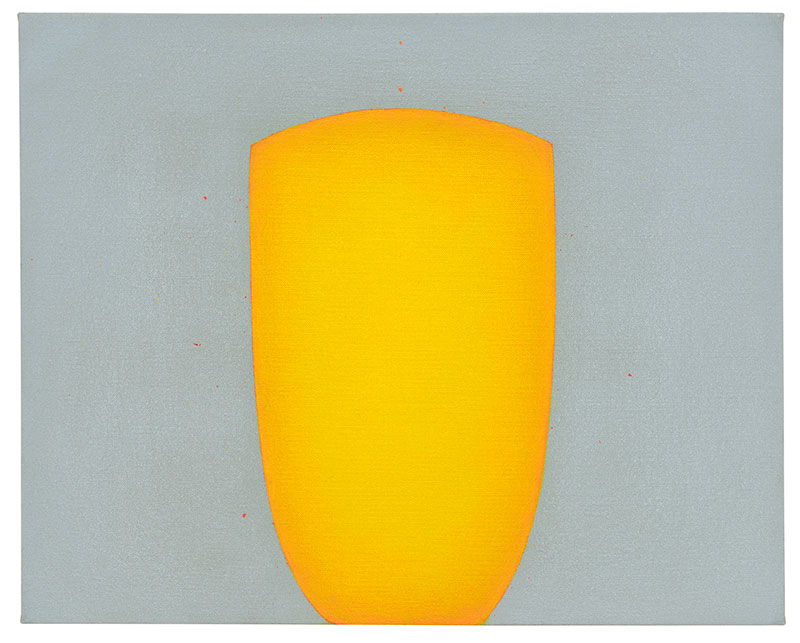
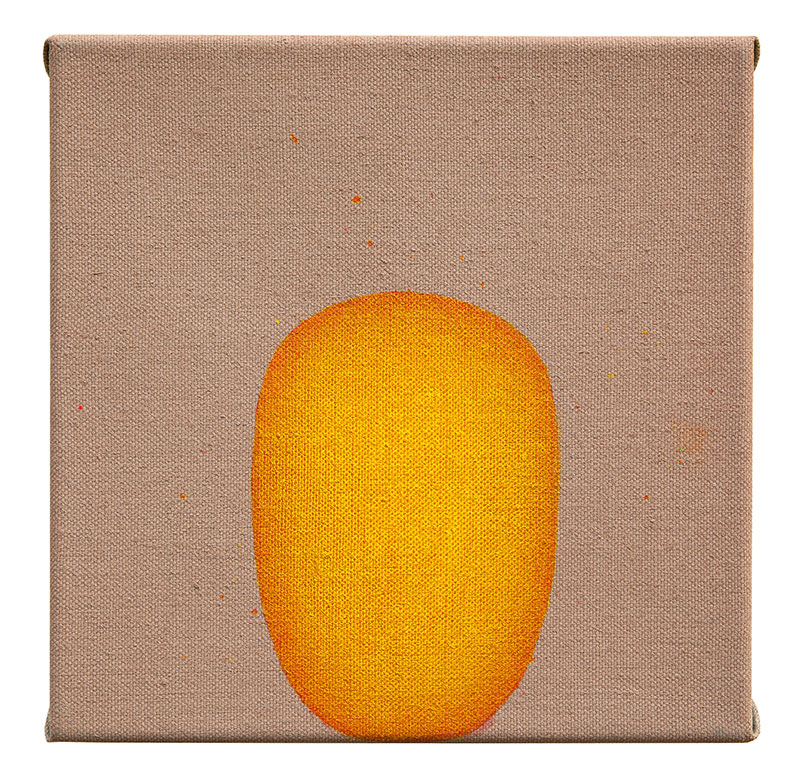
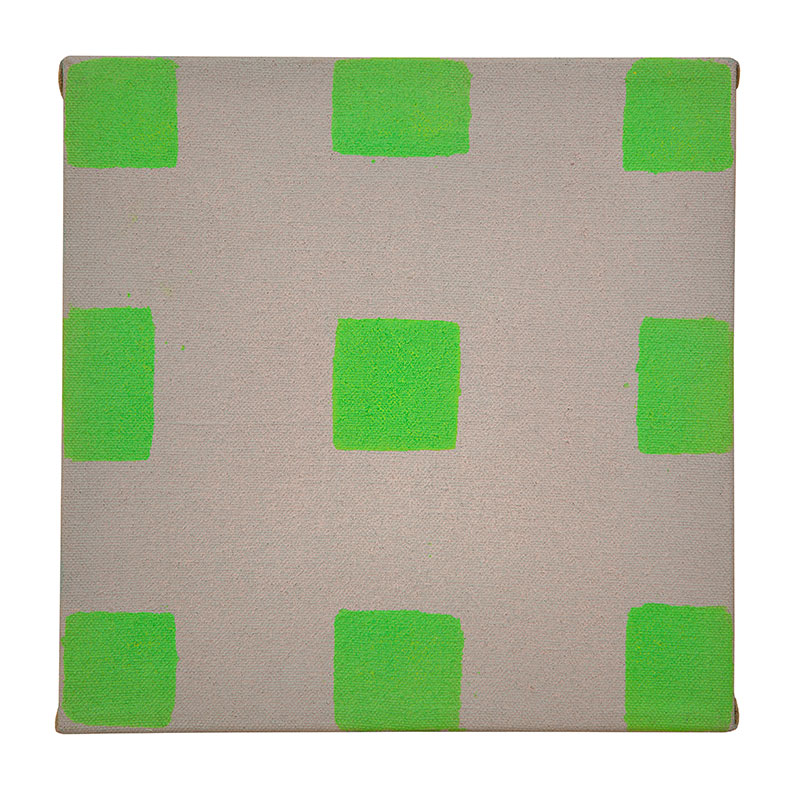

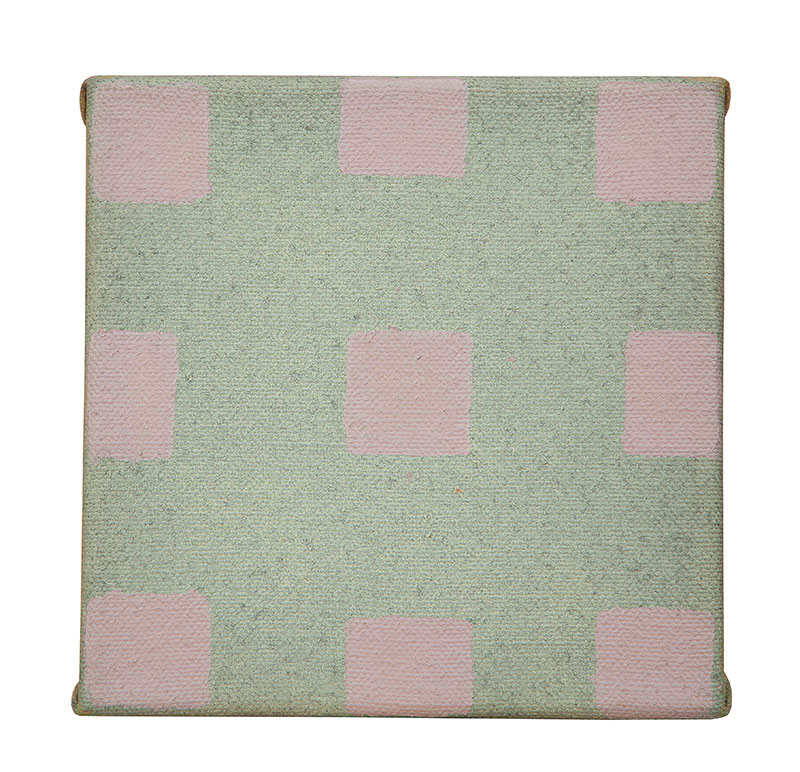


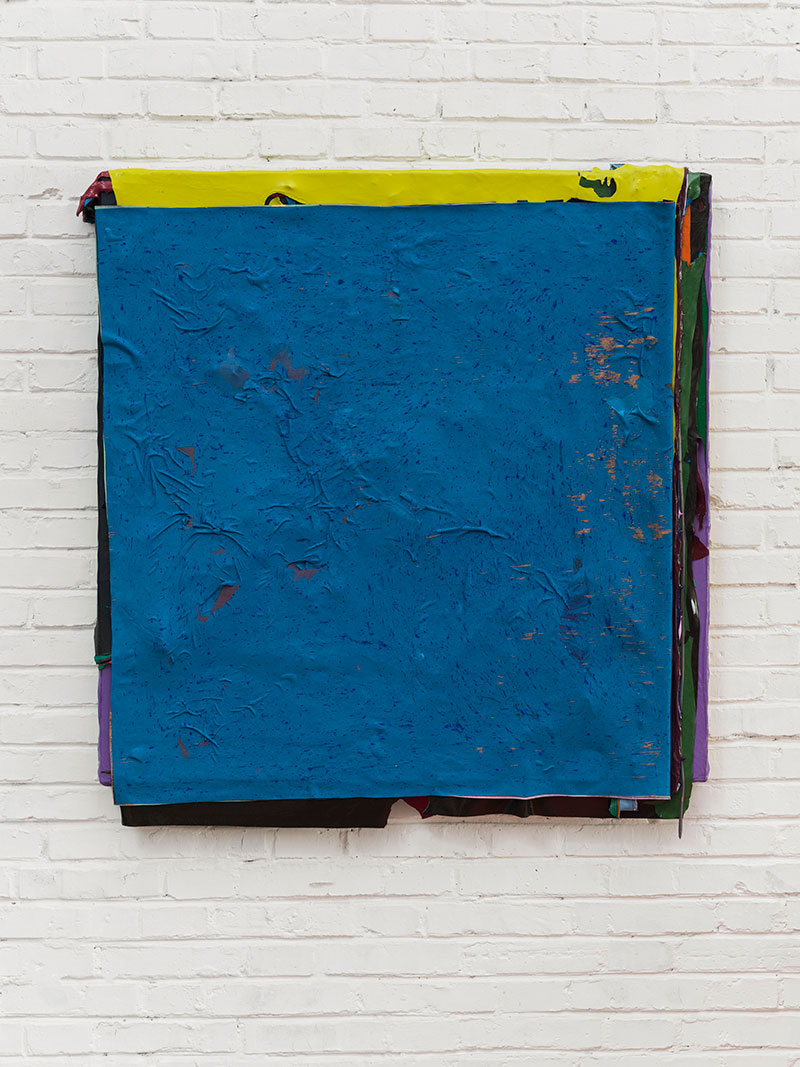
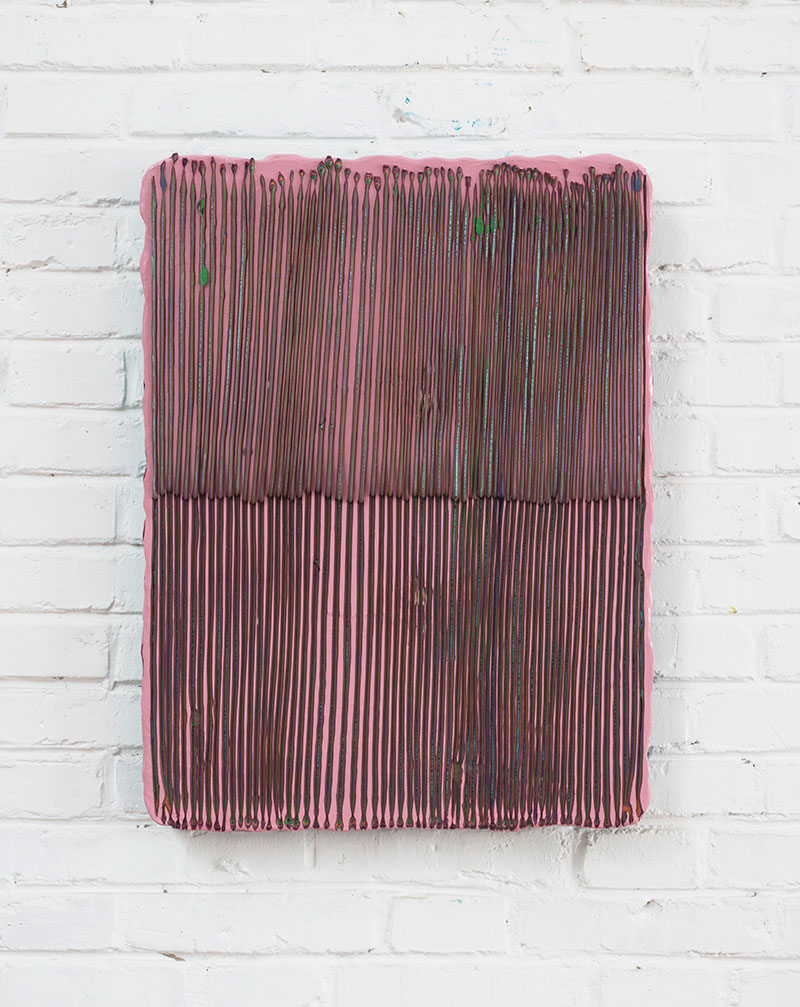
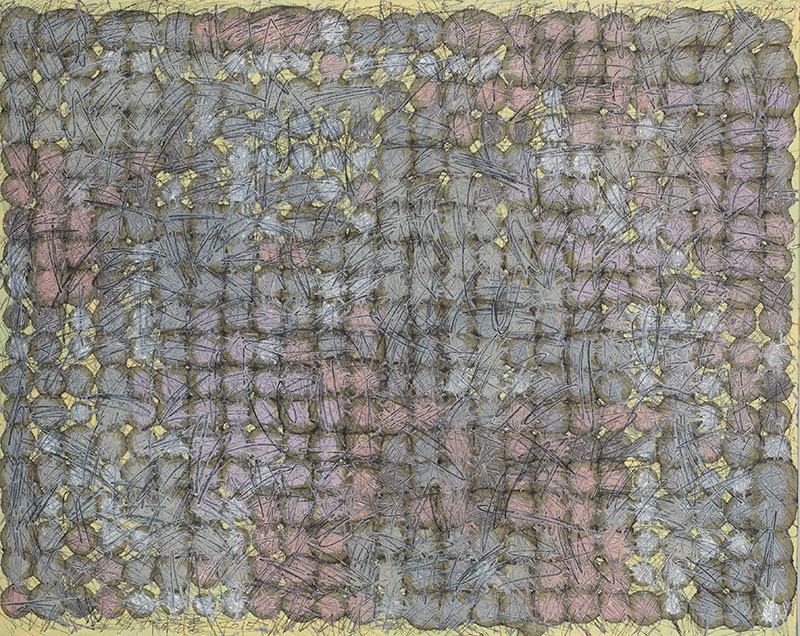
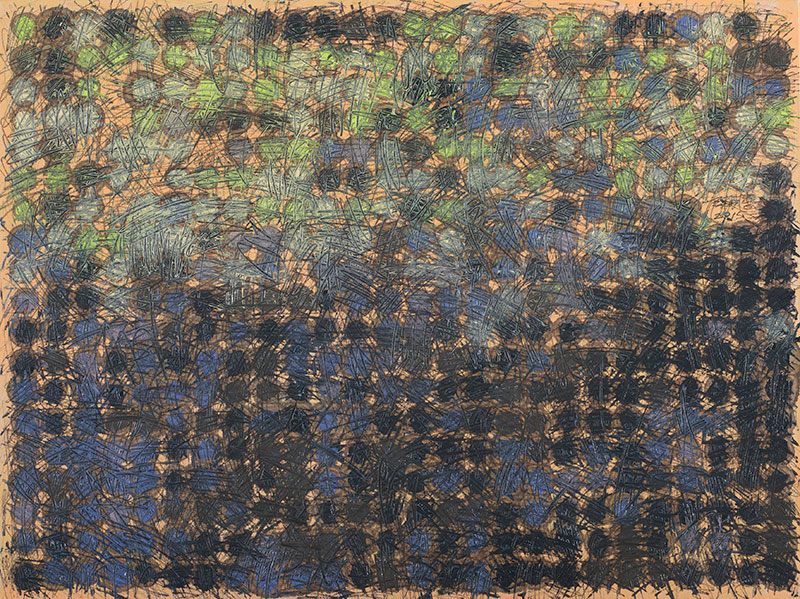
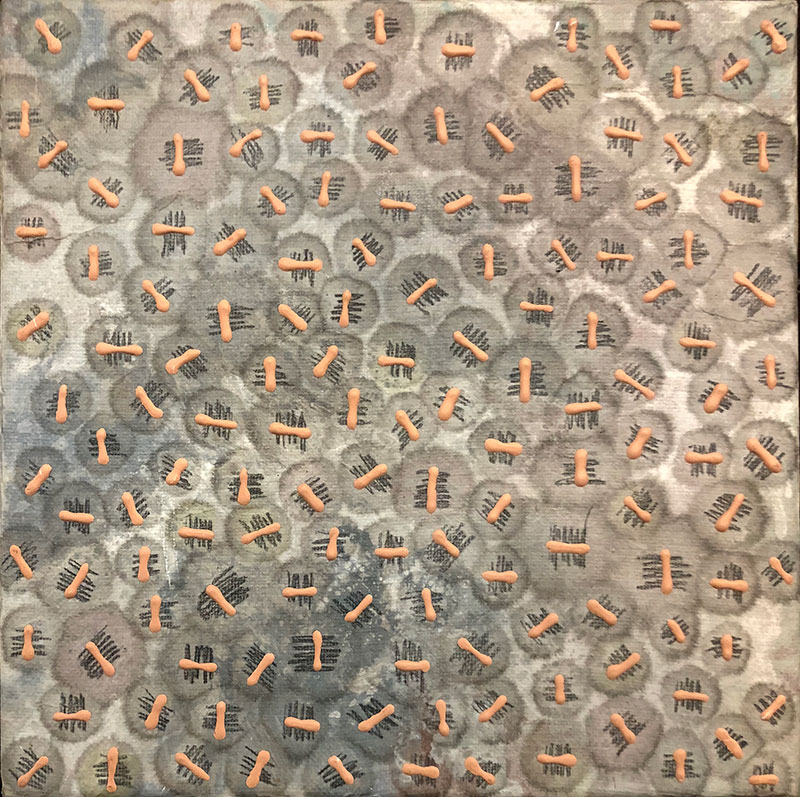
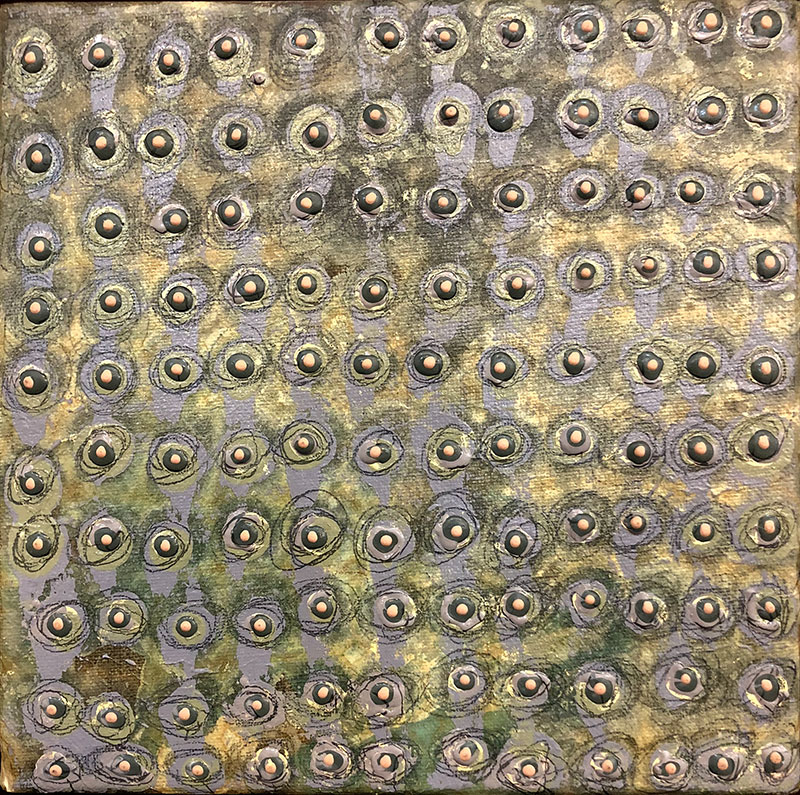
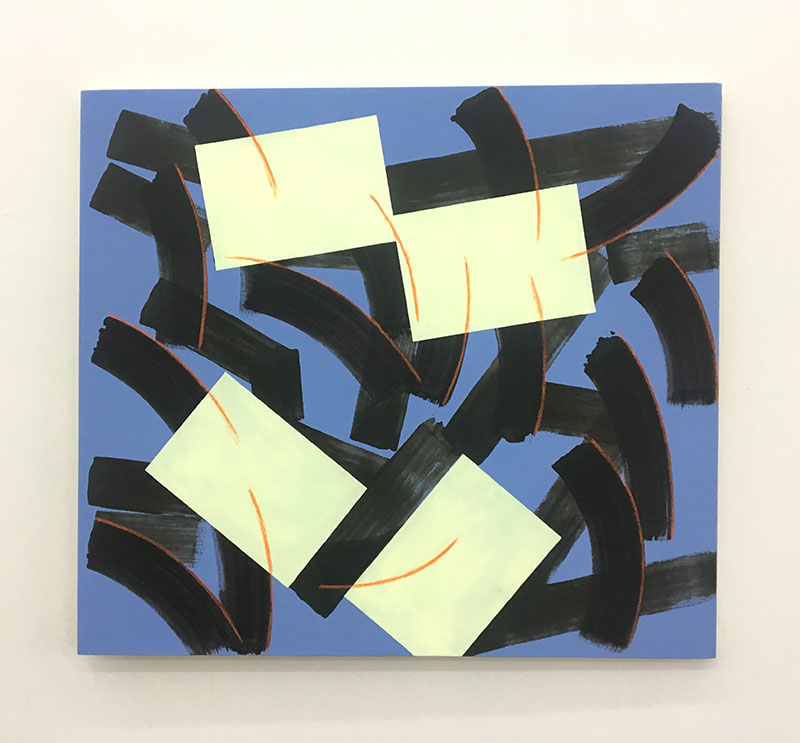
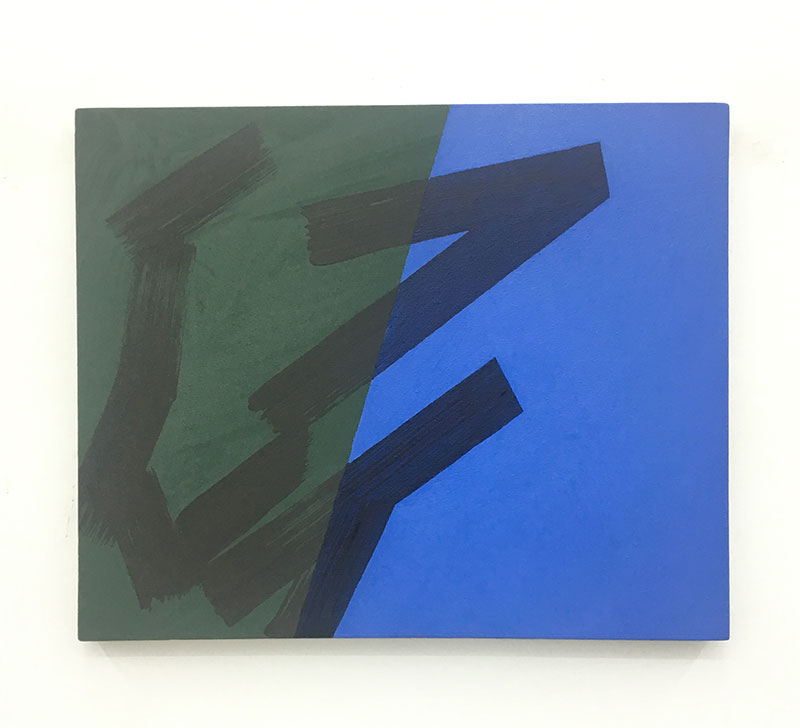
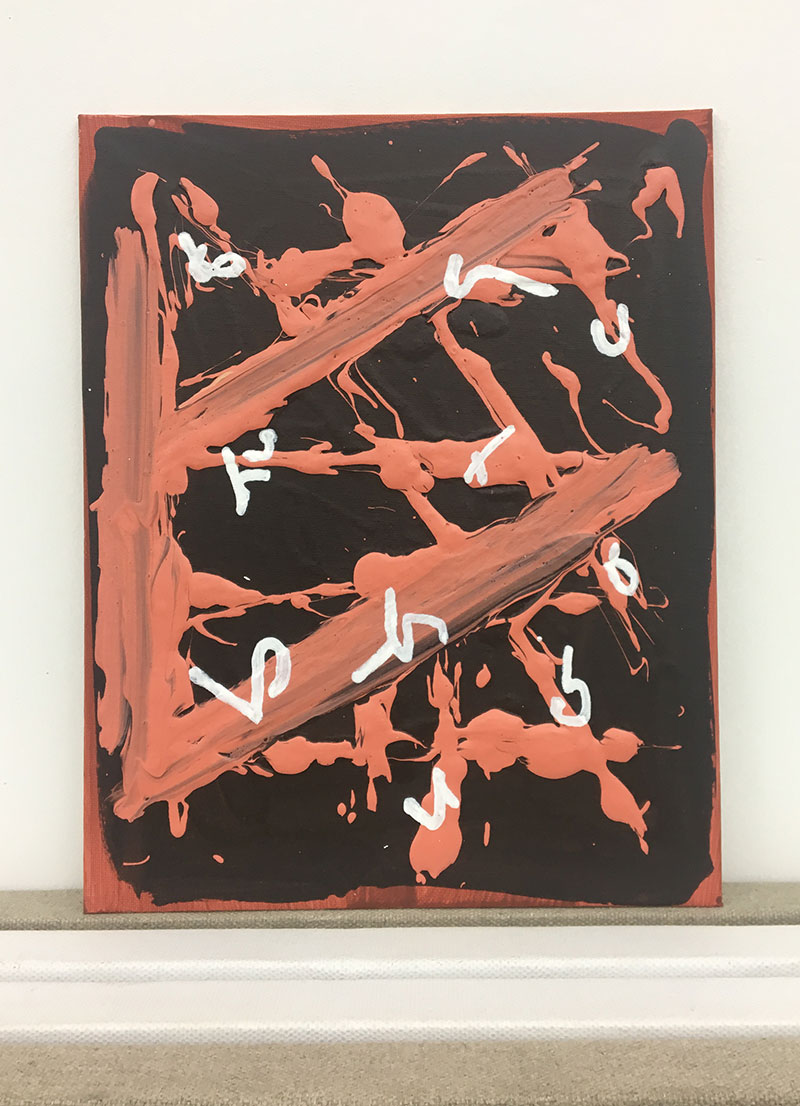
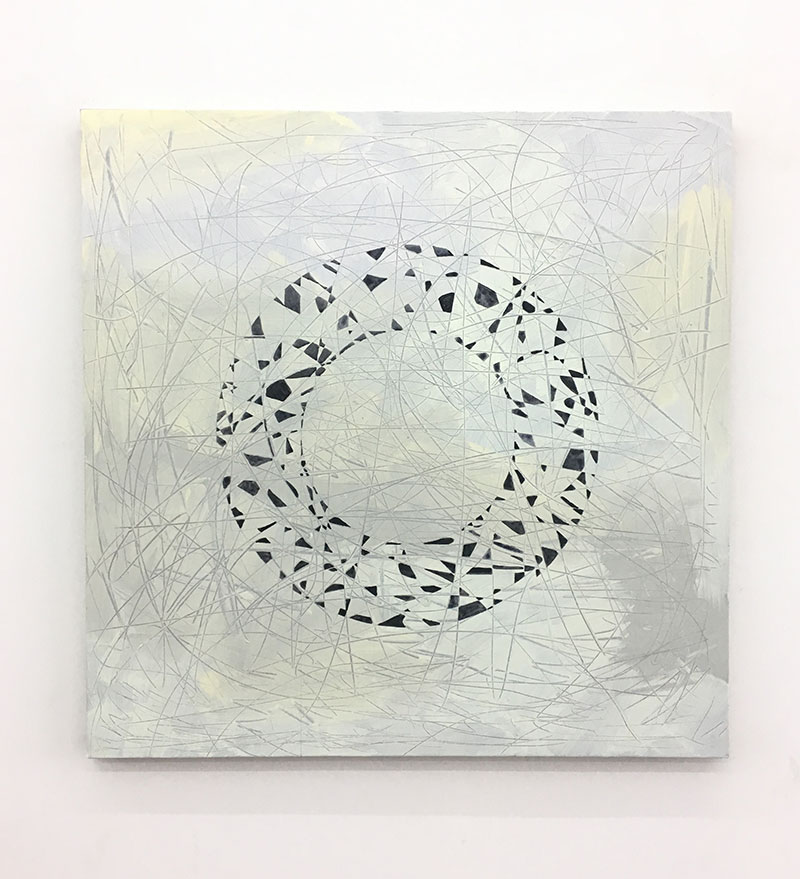
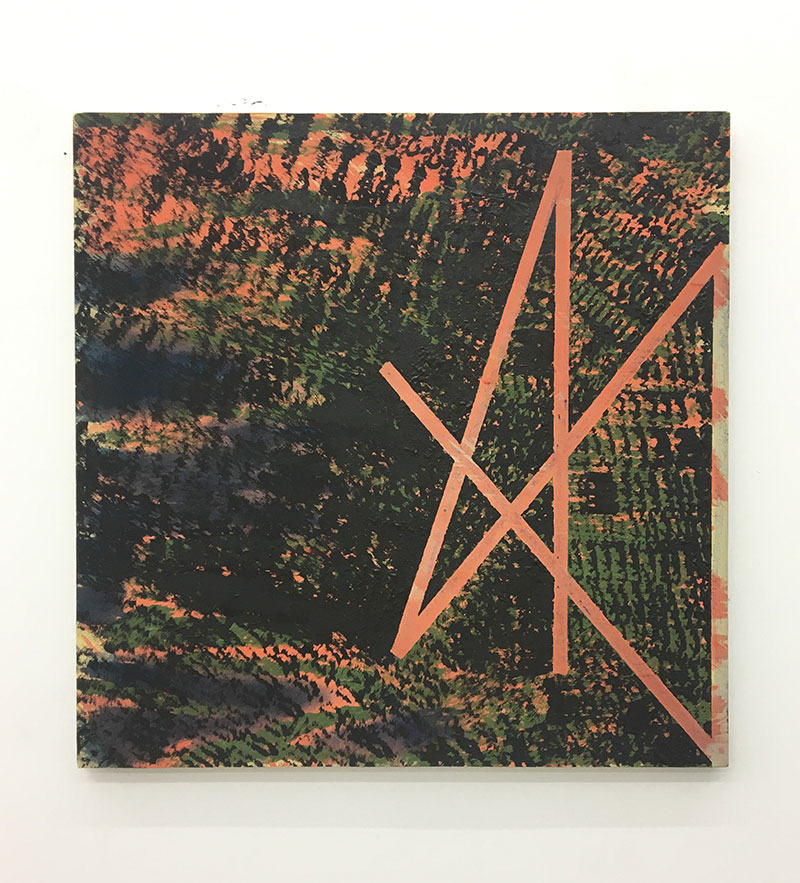
Abstract
art is not necessarily rigid and rational. Lines and colors can be warm and sentimental.
German artist Paul Klee, often known as the father of abstract art, once said, “A
drawing is a line going for a walk.” His contemporary, artist Wassily Kandinsky
also argued in his book, Concerning the
Spiritual in Art, that each color and shape symbolizes different emotions
and meanings.
This May, AroundSpace is pleased to present 4 X 4: The Way of Abstraction, a group
show that is filled with colors and spirit. Four artists in the show, Chen
Qiang, Chen Ruobing, Ju Ting, and Tao Yi, are of different age groups and from
various backgrounds. They are brought together for the first time in the
context created by their works interpreting the idea of abstract painting.
The oldest of the four, Chen Qiang is a quiet artist who enjoys thinking. He has dabbled in curatorial practice in recent years and constantly reviews his art from a conceptual perspective. Shown here are several paintings made in his earlier career, when he already demonstrated advanced skills in mixing pencil, watercolor and acrylic paints on canvas. He once mentioned in an interview that Mark Rothko is an artist who touched him the most. Nevertheless his homage to this master is not superficial; instead, he carries on Rothko’s legacy by tirelessly seeking conceptual and spiritual pursuits in his art. Hence Chen’s works not only feature a strong personal style, but also reflects his artistic self-awareness.
Currently residing in Düsseldorf, Chen Ruobing’s recent works bring the viewers the temperature of lights with bright colors. He chose colors in his paintings based on his keen intuitions rather than the theories from books. Chen created shapes between geometric and organic, which can be seen as a result derived from his art education influenced by the interactions between Eastern and Western art. In his paintings, careful viewers can detect the influences of Josef Albers and James Turrell, while others see Chen's individual thoughts and affections expressed.
Ju Ting graduated from the print-making department of the Central Academy of Fine Art and has been exploring the creative vocabulary of print-making ever since. Although her works are made by acrylic on canvas, the way she carved into laminated thick paints is evidently an extension of print-making technique. Her most recent works gave up carving lines on paints, yet features multiple layers of high saturated color planes, as if recreating the color printing process of different color plates, which shows extensive craftsmanship and develops a unique and rich visual effect.
Also receiving an art education in Germany, Tao Yi prefers darker color palettes to Chen Ruobing's bright hues. He seems to be influenced more by German Expressionist artist. The influence cannot be found in expressive brushstrokes, but in his breaking the balance of geometric abstract composition.
Abstract art is not a judgment, but an option for artists. Abstract art frees the artists' responsibility to represent the real world and allows them to conduct metaphysical thinking and express inner passions. To appreciate abstract is a process of deciphering, to keep exploring the artists' thoughts and emotions. The four artists decide to choose abstract art as their path and continue to practice and proceed in their own trajectory. Cold or warm, restrained or expressive, they interpreted the way of abstraction with their diverse works.

